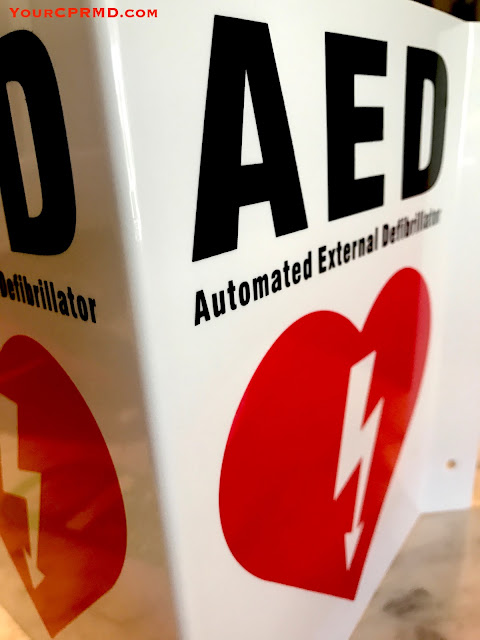Role of Bystanders and Chain of Survival Links to Save SCA Victims
Introduction to Sudden Cardiac Arrest
Sudden cardiac arrest refers to unexpected and sudden zero
pulses. The condition occurs from a disturbance in the electrical activity of a
victim's heart. The disturbance may occur by a heart attack and an imbalance of
electrolytes in its severe form. Luckily, SCA victims can get temporary relief
from bystanders who have CPR
Certification with knowledge and expertise in the
respective field.
In some cases, SCA takes place
by an inherited form of genetic mutation, as it predisposes the patients' hearts
to various electrical abnormalities. Moreover, electrical shock due to
lightning or blunt force trauma caused to the chest may result in cardiac arrest.
PDRE
UCR AMSA OFFICE
900 University Ave.
Riverside, CA 92521
1-909-809-8199
RiversideAMSACPR@gmail.com
https://yourcprmd.com/ucr/moreno-valley-cpr-classes
Sudden cardiac arrest conditions
usually do not have any symptoms. However, when a symptom takes place, it
involves an instant loss of consciousness. The main objective of the SCA
treatment as CPR is
to gain a good neurological outcome based on the restoration of a healthy
cardiac rhythm.
Statistics
on Sudden Cardiac Arrest
Every year, the condition of sudden
cardiac arrest strikes 3 lacs to 4 lack of people outside hospitals in
different areas of the United States. These will include an estimation of
6,000 people below 18 years of age.
Approximately one in 10 victims
survive even though a few high-performing groups have gained 60 percent of
survival rates in different forms of cardiac arrest. The consistent increase in
the number of SCA victims has led to the emergence of the BLS training program.
How
Bystanders Can Save Lives
Many people who survive the
condition of sudden cardiac arrest invariably get help immediately from
bystanders with BLS Certification available at the scene. The
time between the cardiac arrest onset and the care provider determines the
survival likelihood of a patient. If the patient does not get treatment within
only 10 minutes, the survival rate becomes almost zero.
A single minute matters a lot for
SCA patients. Hence, bystanders play a vital role in saving lives and
preventing brain damage of sudden cardiac arrest patients. Individuals who want
to be a bystander only have to search CPR Classes near me and
complete their certification program.
Chain
of Survival in CPR
Chain of Survival taught in CPR Classes
refers to the chain of different events, which should take place rapidly and in
succession to boost the chance of a patient’s survival from sudden cardiac
arrest. The term initially includes early access, early recognition, early CPR,
and early defibrillation with early advanced life support.
However, the American Heart
Association adopted the concept later and emphasized the
significance of early response and recognition. The AHA expanded the concept of
chain of survival with options to impart post-resuscitation care and
incorporated mild therapeutic hypothermia and related treatments.
After a few years, the association
and every institute organizing CPR certification has included an additional
link referred to as integrated care for post-cardiac arrest in the existing
Chain of Survival. Every bystander undergoing a CPR training program should know
to use the necessary First Aid Kit and
stay aware of the links present in the Chain of Survival.
Therefore, with the knowledge and
expertise of Chain of Survival associated with cardiopulmonary resuscitation,
bystanders may save the lives of SCA victims.

Comments
Post a Comment